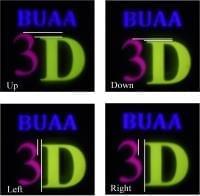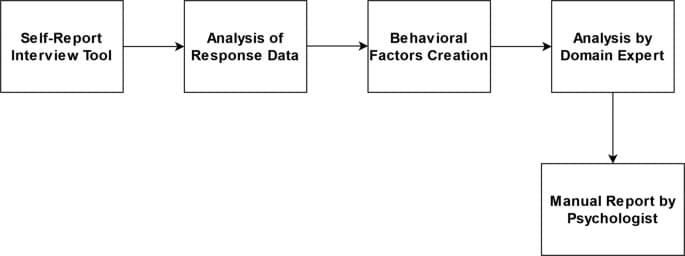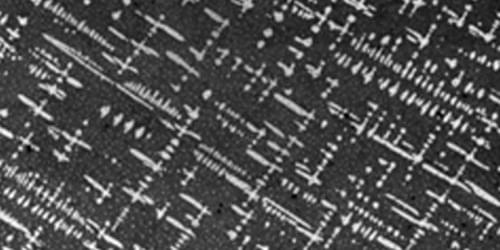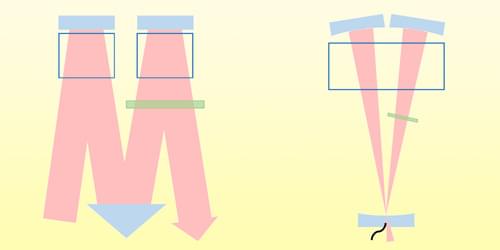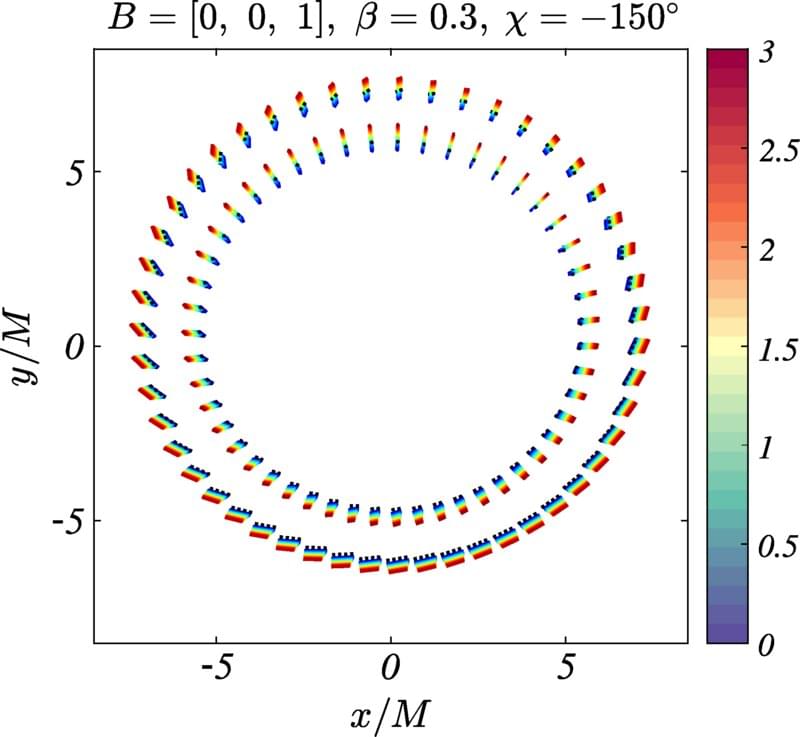Depth of field (DOF) and resolution are mutually restricted in integral imaging (II) display. To overcome the trade-offs, we propose an II display system that simultaneously enhances the DOF and resolution. The system consists of a transmissive mirror device (TMD), a semi-transparent mirror (STM), and two II display units. Each II display unit consists of a 4K display screen and a micro-lens array (MLA). Benefiting from the parallel placement of the TMD and the STM, two central depth planes are reconstructed, which effectively enhances the DOF. Meanwhile, the resolution in the overlapping DOF region is increased to two times due to the interpolation of the light field information from two II display units. The impact of the distance between the two II display units and the TMD on the 3D image quality is analyzed. In geometric optics, a distance between the II two display units and the TMD is optimized to eliminate ghost images. In wave optics, a distance is optimized to eliminate 3D pixel gaps by exploiting the diffraction effect of the TMD. Both the geometric and wave optics are considered simultaneously to obtain a high-quality 3D image without ghost images and 3D pixel gaps. A DOF and resolution-enhanced II display system is developed, and the experimental results verify its feasibility.
21 oct 2022.
Adolescent (or juvenile) delinquency is defined as the habitual engagement in unlawful behavior of a minor under the age of majority. According to studies, the likelihood of acquiring a deviant personality increases significantly during adolescence. As a result, identifying deviant youth early and providing proper medical counseling makes perfect sense. Due to the scarcity of qualified clinicians, human appraisal of individual adolescent behavior is subjective and time-consuming. As a result, a machine learning-based intelligent automated system for assessing and grading delinquency levels in teenagers at an early stage must be devised.
An artificial intelligence (AI) agent named CICERO has mastered the online board game of Diplomacy. This is according to a new study by the Meta Fundamental AI Research Diplomacy Team (FAIR) that will be published today (November 22) in the journal Science.
AI has already been successful at playing competitive games like chess and Go which can be learned using only self-play training. However, games like Diplomacy, which require natural language negotiation, cooperation, and competition between multiple players, have been challenging.
The new agent developed by FAIR is not only capable of imitating natural language, but more importantly, it also analyzes some of the goals, beliefs, and intentions of its human partners in the game. It uses that information to figure out a plan of action that accounts for aligned and competing interests, and to communicate that plan in natural language, the researchers say.
Dr. Peterson’s extensive catalog is available now on DailyWire+: https://utm.io/ueSXh.
Dr. Jordan B. Peterson, Jonathan Pageau, and Jim Keller dive into the world of artificial intelligence, debating the pros and cons of technological achievement, and ascertaining whether smarter tech is something to fear or encourage.
Jim Keller is a microprocessor engineer known for his work at Apple and AMD. He has served in the role of architect for numerous game changing processors, has co-authored multiple instruction sets for highly complicated designs, and is credited for being the key player behind AMD’s renewed ability to compete with Intel in the high-end CPU market. In 2016, Keller joined Tesla, becoming Vice President of Autopilot Hardware Engineering. In 2018, he became a Senior Vice President for Intel. In 2020, he resigned due to disagreements over outsourcing production, but quickly found a new position at Tenstorrent, as Chief Technical Officer.
Jonathan Pageau is a French-Canadian liturgical artist and icon carver, known for his work featured in museums across the world. He carves Eastern Orthodox and other traditional images, and teaches an online carving class. He also runs a YouTube channel dedicated to the exploration of symbolism across history and religion.
—Links—
For Jonathan Pageau:
Greer and Ivanov agree that existing, albeit limited, data on tetrataenite’s magnetic properties suggest that it may not match high-performance neodymium-based magnets. But the researchers maintain that optimization of the tetrataenite casting process could improve its magnetic properties and thus make it a worthwhile option. “It is good to have a wider range of permanent magnet materials, because that allows better balancing of such factors as magnetic performance and environmental impact,” Greer says. “A one-for-one swap with rare-earth magnets is not necessarily the goal.”
For now, the team has demonstrated how to make a piece of tetrataenite, but they say that future work will focus on how to consolidate many pieces into a bulk magnet. “The analogy here would be that we have shown we can make a brick—a piece of tetrataenite—but not yet a house—a magnet,” Greer says.
Beyond materials science, the researchers hint that this work may even impact astrophysics research as scientists reconsider how long it takes for tetrataenite to develop in a meteorite and how fast the cooling rate is in that space environment.
From the slivers of natural magnetite used as the earliest magnetic compasses to today’s cryogenically cooled superconducting quantum interference devices, researchers have employed many diverse means to measure magnetic fields. Now Robert Cooper at George Mason University, Virginia, and colleagues have added two more [1]. Their instruments, which are variations on a high-precision instrument called an optically pumped atomic magnetometer, are the first demonstrations of “intrinsic radio-frequency gradiometers.” These devices are especially suited to measure weak, local radio-frequency sources while excluding background fields.
At the heart of an optically pumped atomic magnetometer lies a gas of alkali atoms whose spins are aligned by a circularly polarized laser—the optical pump. The presence of an external magnetic field perturbs the spin axis of these atoms, showing up as a change in the polarization direction of the probe beam—a second, linearly polarized laser that is also transmitted through the gas.
In the devices devised by Cooper and his colleagues, the probe beam makes multiple passes through the alkali gas, maximizing the device’s sensitivity to weak fields. In one setup, a high-power probe beam takes a single M-shaped route through the gas, passing twice through a pair of vapor cells. In the other, a low-power beam traces overlapping V-shaped paths, passing 46 times through a single vapor cell.
A Bose-Einstein condensate of europium atoms provides a new experimental platform for studying quantum spin interactions.
A group of researchers at Sofia University has found evidence that suggests the reason that a wormhole has never been observed is that they appear almost identical to black holes.
In their paper published in the journal Physical Review D Petya Nedkova, Galin Gyulchev, Stoytcho Yazadjiev and Valentin Delijski describe studying theoretical linear polarization from an accretion disk that would be situated around a class of static traversable wormholes and compared the findings to images of black holes.
For many years, scientists and science fiction writers have considered the theoretical possibility of a wormhole. Such an object, theory suggests, would take the form of a tunnel of sorts that connects two different parts of the universe. Moving through the tunnel would allow for travel to distant destinations in ways not available to spaceships incapable of moving faster than the speed of light —by taking a shortcut.
Building on the CRISPR gene-editing system, MIT researchers have designed a new tool that can snip out faulty genes and replace them with new ones, in a safer and more efficient way.
Using this system, the researchers showed that they could deliver genes as long as 36,000 DNA base pairs to several types of human cells, as well as to liver cells in mice. The new technique, known as PASTE, could hold promise for treating diseases that are caused by defective genes with a large number of mutations, such as cystic fibrosis.
“It’s a new genetic way of potentially targeting these really hard to treat diseases,” says Omar Abudayyeh, a McGovern Fellow at MIT’s McGovern Institute for Brain Research. “We wanted to work toward what gene therapy was supposed to do at its original inception, which is to replace genes, not just correct individual mutations.”
